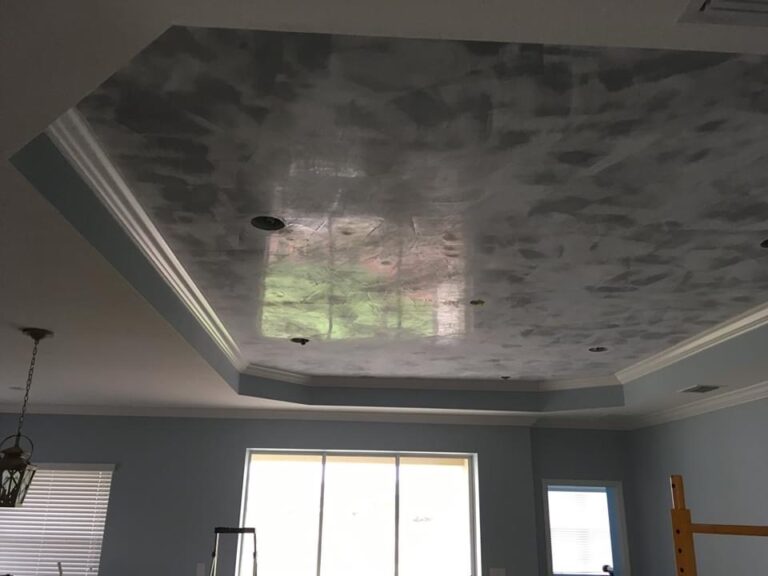

Very high ceilings can sometimes be lowered by fitting a suspended ceiling. Typically found in older homes, traditional lath-and-plaster ceilings are formed by nailing strips of wood or metal mesh (referred to as laths) to the ceiling joists to form a strong base, then adding layers of plaster on top. plaster ceiling molds are oftentimes used for a variety of works including but not limited to millworks, artworks, industrial works and a whole lot more. The floor of the room above a plasterboard ceiling may well be laid with floorboards or chipboard. Wet plaster is then added, or the ceiling is finished with jointing tape and compound - which seals the joints and creates a surface ready for decorating. These joints are taped with scrim - a very open-weave, self-adhesive tape. Starting with the internal framing that support the external molding. Most modern ceilings are built from sheets of plasterboard nailed to the joists. OVERVIEW Traditionally, coffered ceilings are constructed using multiple components. We created a custom plaster mold that was fabricated by a Chicago plaster company and installed and. Cracking plaster is usually the first problem that homeowners notice when it comes to their walls and ceilings. The room above would traditionally have had floorboards. This ceiling was designed and detailed by dSPACE Studio. The plaster was squeezed between the laths so that 'nibs' formed - ridges of plaster that squeezed through the laths and set hard, holding the ceiling plaster in place. Press insect screen into wet compound smooth flat with trowel. Use trowel to spread joint compound onto ceiling, covering the repaired area.
Ceiling plaster cracked#
This was a time-consuming method of building walls and ceilings, as individual laths (thin strips of wood) had to be nailed to the joists and then covered with layers of plaster. Steps: Screw plaster washers to ceiling along and around cracked area be sure to drive screws into wood lath above. The depth of the joists will vary depending on the age of the building (older ones are often deeper than modern ones) and their length. Both, lath-and-plaster and plasterboard ceilings are fixed to the joists that support the floor above. Historic plasterwork specialist Sean Wheatley provides an overview of the historical development of plaster ceilings in Britain before going on to examine.


 0 kommentar(er)
0 kommentar(er)
